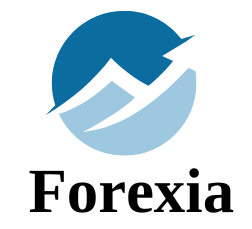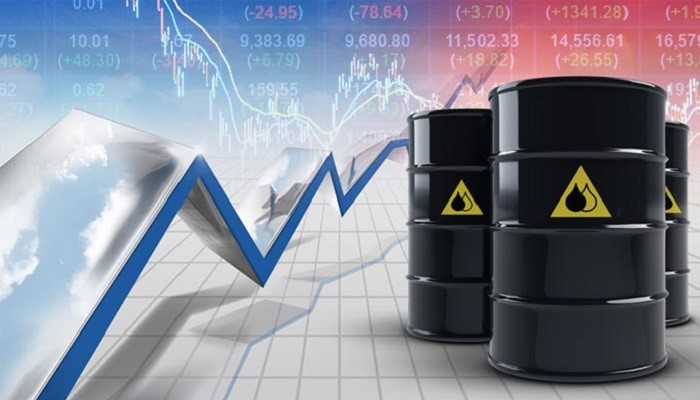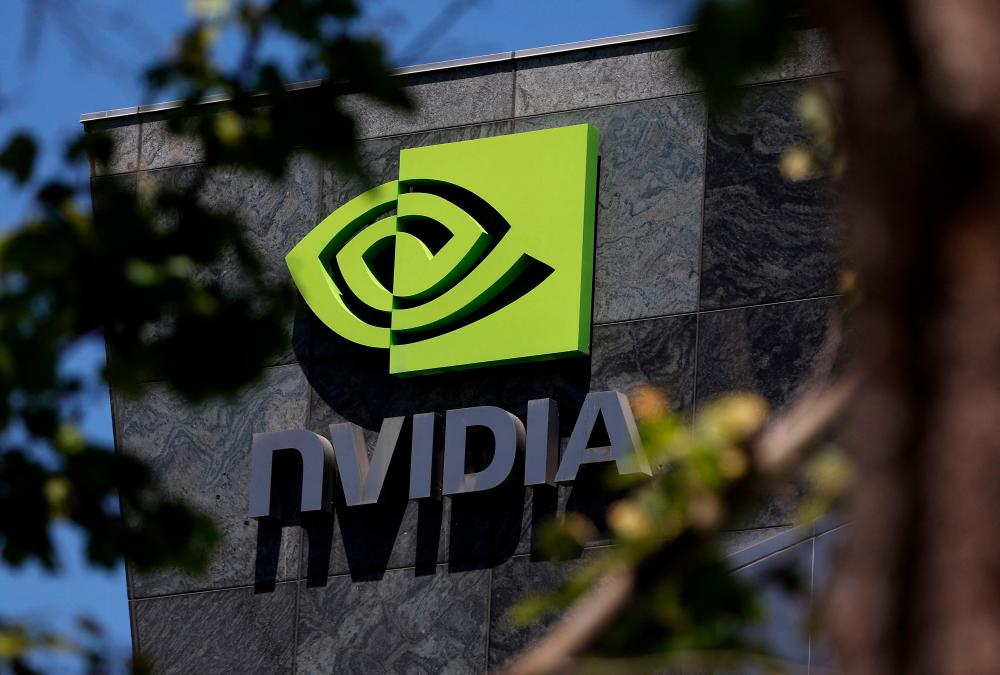- EUR/USD extends gains as US Dollar weakens after mixed US data.
- The Euro could face challenges as markets speculate over an ECB interest rate cut in June.
- The expected decline in US Nonfarm Payrolls could further weaken the US Dollar.
The EUR/USD pair extends its gains for the second consecutive day, edging higher to near 1.0880 during the European session on Friday. EUR/USD gained upward support following mixed economic data from the United States (US). Further, the subdued US Treasury yields contribute to adding pressure on the US Dollar (USD). US Treasury yields experienced downward pressure following reports from regional bank New York Community Bancorp, which indicated increased stress in its commercial real estate portfolio.
The Euro faced a decline following the release of softer German consumer inflation data on Wednesday, as market sentiment leaned towards the possibility of a speculative interest rate cut by the European Central Bank (ECB) in June. However, the European currency initiated a recovery after the release of mixed Eurozone inflation data on Thursday.
The US Dollar Index (DXY), which measures the performance of the US Dollar (USD) against a basket of six major currencies, struggles to retrace its recent losses. The DXY trades around 103.00, with the 2-year and 10-year US Treasury yields hovering around 4.23% and 3.88%, respectively, at the time of writing.
US Initial Jobless Claims rose to 224K for the week ending on January 26, exceeding both the previous increase of 215K and the expected figure of 212K. However, ISM Manufacturing PMI improved to 49.1 from the prior reading of 47.1, surpassing the anticipated figure of 47.0 in January. On Friday, key labor data is set to be released, including US Average Hourly Earnings and Nonfarm Payrolls (NFP).
Daily digest market movers: EUR/USD extends gains after mixed US economic data
- Eurozone preliminary Core Harmonized Index of Consumer Prices (YoY) increased by 3.3% in January, higher than the expected 3.2% growth but lower than the 3.4% prior.
- The annual Consumer Price Index came in at 2.8%, as expected, against the previous reading of 2.9%. The month-over-month report showed a decline of 0.4%, swinging from the 0.2% rise in December.
- German Consumer Price Index (CPI) for January showed a year-on-year increase of 2.9%, lower than the expected 3.3% and down from December’s reading of 3.7%.
- Germany’s consumer inflation met expectations, rising to 0.2% MoM from the previous reading of 0.1%. The Harmonized Index of Consumer Prices YoY increased 3.1%, lower than the previous figure of 3.8%.
- The preliminary US Nonfarm Productivity increased by 3.2% in Q4, higher than the expected 2.5%, but down from the previous reading of 4.9%.
- US Challenger Job Cuts rose to 82,307 in January from the previous 34,817 in December.
- US Unit Labor Costs reported a 0.5% rise against the 1.7% expected in the fourth quarter, swinging from the previous 1.1% decline.
Technical Analysis: EUR/USD moves higher towards psychological barrier at 1.0900
EUR/USD advances to near 1.0880 on Friday, close to the immediate resistance around the psychological level at 1.0900. A breakthrough above the latter could exert upward pressure on the pair to surpass the 38.2% Fibonacci retracement level at 1.0915 to navigate the next barrier around the major level at 1.0950.
On the downside, the major level at 1.0850 appears as the key support, which is aligned with the 21-day Exponential Moving Average (EMA) at 1.0846. A break below this region could push the EUR/USD pair to approach the psychological support at 1.0800, followed by the weekly low at 1.0779.
EUR/USD: Four-Hour Chart
-638424624928399111.png)
Euro price today
The table below shows the percentage change of Euro (EUR) against listed major currencies today. Euro was the strongest against the Japanese Yen.
| USD | EUR | GBP | CAD | AUD | JPY | NZD | CHF | |
| USD | -0.05% | -0.07% | -0.06% | -0.43% | 0.03% | -0.20% | -0.21% | |
| EUR | 0.05% | -0.03% | -0.01% | -0.38% | 0.08% | -0.14% | -0.16% | |
| GBP | 0.09% | 0.04% | 0.03% | -0.35% | 0.11% | -0.12% | -0.12% | |
| CAD | 0.06% | 0.01% | -0.02% | -0.37% | 0.09% | -0.14% | -0.16% | |
| AUD | 0.43% | 0.37% | 0.35% | 0.36% | 0.47% | 0.23% | 0.21% | |
| JPY | -0.03% | -0.10% | -0.11% | -0.09% | -0.47% | -0.22% | -0.25% | |
| NZD | 0.19% | 0.14% | 0.11% | 0.13% | -0.24% | 0.22% | -0.06% | |
| CHF | 0.20% | 0.16% | 0.13% | 0.16% | -0.22% | 0.24% | 0.01% |
The heat map shows percentage changes of major currencies against each other. The base currency is picked from the left column, while the quote currency is picked from the top row. For example, if you pick the Euro from the left column and move along the horizontal line to the Japanese Yen, the percentage change displayed in the box will represent EUR (base)/JPY (quote).
CENTRAL BANKS FAQS
What does a central bank do?
Central Banks have a key mandate which is making sure that there is price stability in a country or region. Economies are constantly facing inflation or deflation when prices for certain goods and services are fluctuating. Constant rising prices for the same goods means inflation, constant lowered prices for the same goods means deflation. It is the task of the central bank to keep the demand in line by tweaking its policy rate. For the biggest central banks like the US Federal Reserve (Fed), the European Central Bank (ECB) or the Bank of England (BoE), the mandate is to keep inflation close to 2%.
What does a central bank do when inflation undershoots or overshoots its projected target?
A central bank has one important tool at its disposal to get inflation higher or lower, and that is by tweaking its benchmark policy rate, commonly known as interest rate. On pre-communicated moments, the central bank will issue a statement with its policy rate and provide additional reasoning on why it is either remaining or changing (cutting or hiking) it. Local banks will adjust their savings and lending rates accordingly, which in turn will make it either harder or easier for people to earn on their savings or for companies to take out loans and make investments in their businesses. When the central bank hikes interest rates substantially, this is called monetary tightening. When it is cutting its benchmark rate, it is called monetary easing.
Who decides on monetary policy and interest rates?
A central bank is often politically independent. Members of the central bank policy board are passing through a series of panels and hearings before being appointed to a policy board seat. Each member in that board often has a certain conviction on how the central bank should control inflation and the subsequent monetary policy. Members that want a very loose monetary policy, with low rates and cheap lending, to boost the economy substantially while being content to see inflation slightly above 2%, are called ‘doves’. Members that rather want to see higher rates to reward savings and want to keep a lit on inflation at all time are called ‘hawks’ and will not rest until inflation is at or just below 2%.
Is there a president or head of a central bank?
Normally, there is a chairman or president who leads each meeting, needs to create a consensus between the hawks or doves and has his or her final say when it would come down to a vote split to avoid a 50-50 tie on whether the current policy should be adjusted. The chairman will deliver speeches which often can be followed live, where the current monetary stance and outlook is being communicated. A central bank will try to push forward its monetary policy without triggering violent swings in rates, equities, or its currency. All members of the central bank will channel their stance toward the markets in advance of a policy meeting event. A few days before a policy meeting takes place until the new policy has been communicated, members are forbidden to talk publicly. This is called the blackout period.







